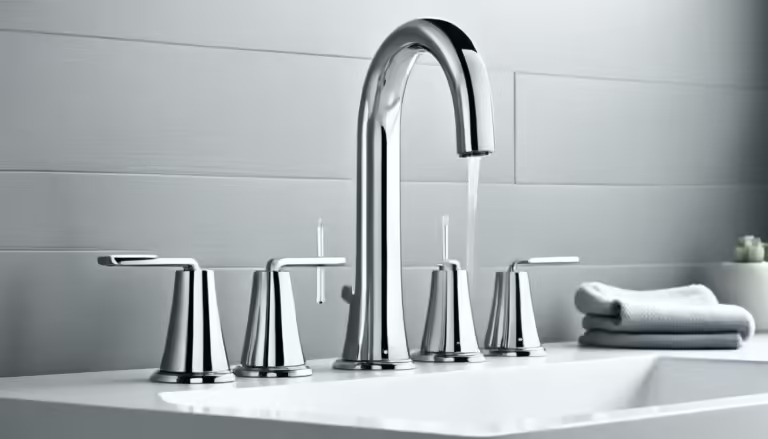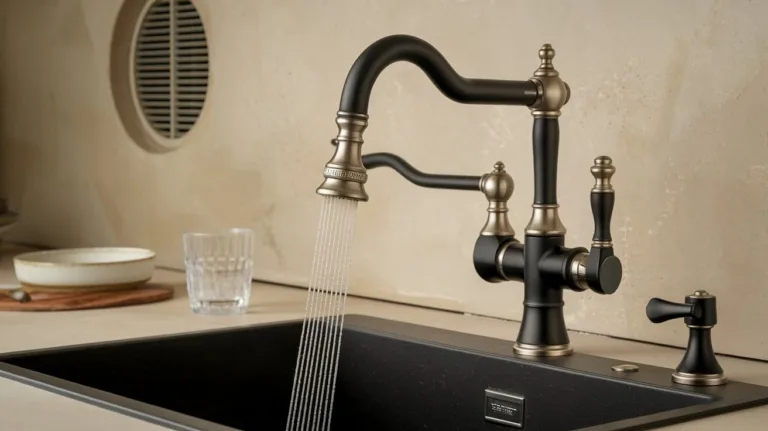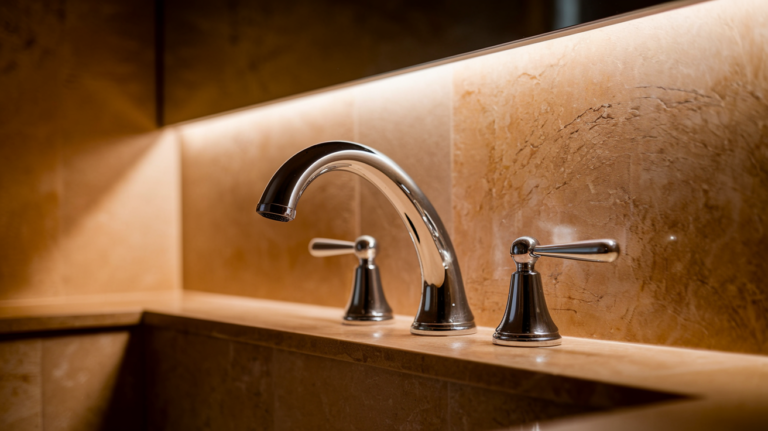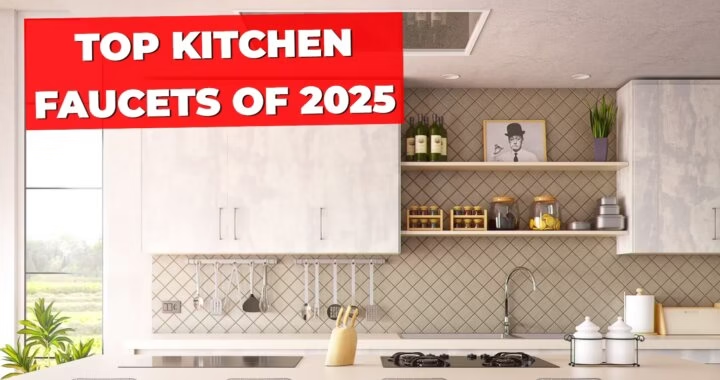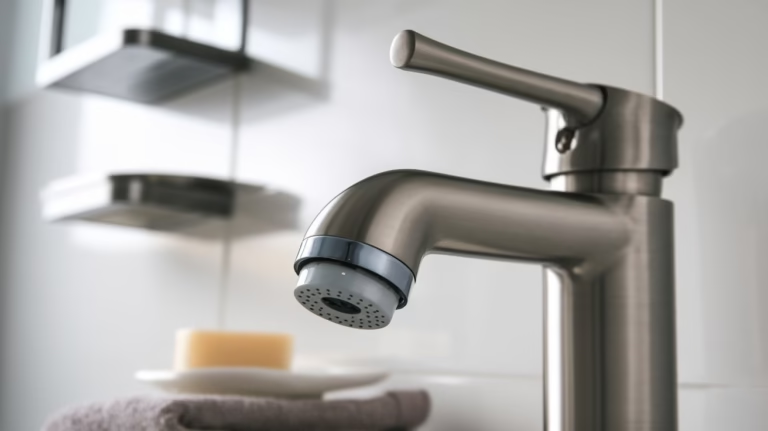The Benefits of Low-Flow Faucets: Saving Water and Money
Water conservation is becoming increasingly important as global water scarcity rises. Installing low-flow faucets is one of the simplest yet most effective ways to reduce water waste at home. These fixtures are designed to minimize water usage without sacrificing performance, offering both environmental and financial benefits.
In this blog post, we’ll explore the advantages of low-flow faucets, answer common questions, and help you decide if they’re the right choice for your home.
What Is Low Flow?
Low flow refers to fixtures (faucets, showerheads, toilets) that use significantly less water than standard models. The U.S. Environmental Protection Agency (EPA) defines low-flow faucets as those with a maximum flow rate of 1.5 gallons per minute (GPM), compared to traditional faucets that use 2.2 GPM or more.
What Is the Main Benefit of Installing Low-Flow Showerheads and Faucets?
The primary benefit is water conservation, which leads to:
- Lower water bills – Reduced water usage means lower utility costs.
- Environmental protection – Conserving water helps preserve natural resources and reduces energy use (since less water needs to be heated and treated).
- Compliance with regulations – Many regions now require low-flow fixtures in new constructions and renovations.
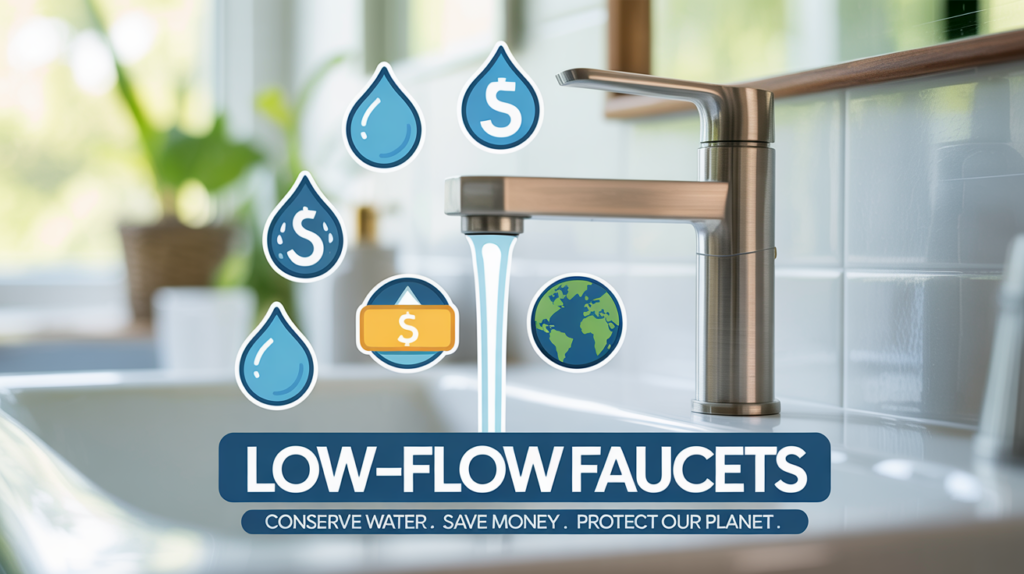
What Is the Best Flow Rate for a Faucet?
The ideal flow rate depends on the fixture’s purpose:
- Bathroom faucets: 0.5–1.5 GPM
- Kitchen faucets: 1.5–2.2 GPM (slightly higher for tasks like filling pots)
- Showerheads: 1.5–2.0 GPM
For maximum efficiency, look for WaterSense-labeled faucets, which meet EPA performance and water savings standards.
What Are the Disadvantages of Flow Restrictors?
Flow restrictors are devices that limit water flow in faucets and showerheads. While they save water, some potential drawbacks include:
- Reduced water pressure – Some users find the flow too weak, especially in homes with low water pressure.
- Difficulty rinsing – In showers, it may take longer to rinse soap or shampoo.
- Possible clogging – Mineral deposits can build up over time, further reducing flow.
However, modern aerated faucets and pressure-compensating showerheads help mitigate these issues by maintaining a strong stream while using less water.
What Are the Benefits of Health Faucets?
Health faucets (also called bidet sprays or handheld sprayers) are popular in many countries for improved hygiene. Benefits include:
- Better personal hygiene – More effective cleaning than toilet paper alone.
- Reduced toilet paper waste – Lowers environmental impact and plumbing clogs.
- Water efficiency – Uses less water than traditional bidets.
Many modern health faucets are designed with low-flow technology, making them both hygienic and eco-friendly.
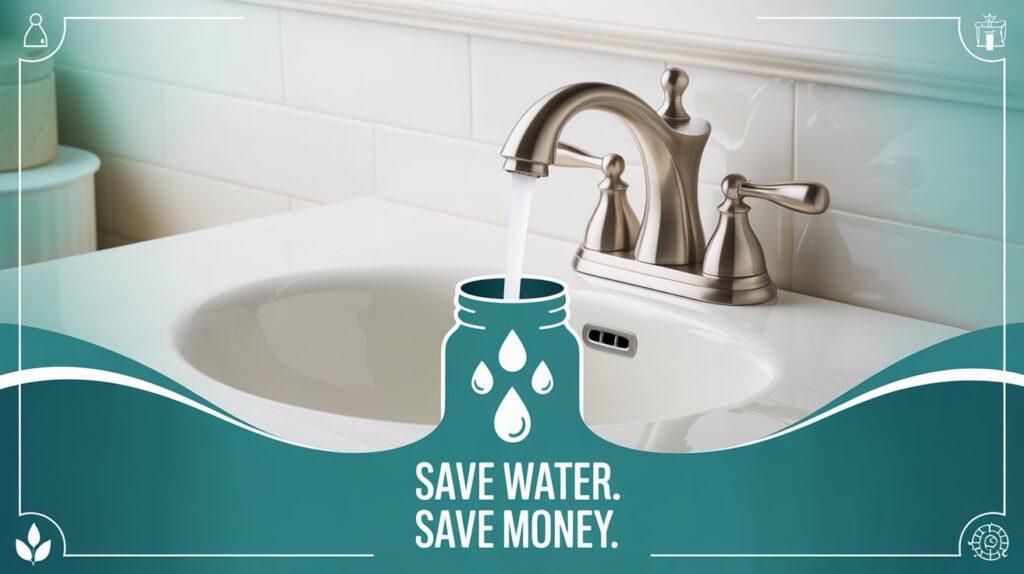
What Is the Purpose of Low-Flow Shower Heads?
Low-flow showerheads serve two main purposes:
- Reduce water waste – Cutting water use by 20–60% compared to standard showerheads.
- Maintain comfort – Advanced designs use aeration or laminar flow to provide a satisfying shower experience while conserving water.
The average family can save up to 2,700 gallons per year by switching to a low-flow showerhead.
What Is an Example of a Low-Flow Fixture?
Popular low-flow fixtures include:
- Moen Eco Performance faucets (1.5 GPM)
- Delta WaterSense showerheads (1.8 GPM)
- Niagara Stealth toilets (0.8 GPF – gallons per flush)
These products meet strict efficiency standards while maintaining high performance.
Final Thoughts: Are Low-Flow Faucets Worth It?
Absolutely! Low-flow faucets offer significant water and cost savings, help the environment, and often improve functionality with modern designs. If you’re concerned about water pressure, opt for aerated or pressure-compensating models for the best experience.
By upgrading to low-flow fixtures, you contribute to sustainable living while keeping your utility bills in check—a win-win for your wallet and the planet.
Have you switched to low-flow faucets? Share your experience in the comments!
About the Author
This post was written by a home efficiency expert with over 10 years of experience in water conservation and sustainable plumbing solutions. All recommendations are based on EPA guidelines, industry research, and real-world testing to ensure accuracy and reliability.
For more tips on eco-friendly home improvements, subscribe to our newsletter!


